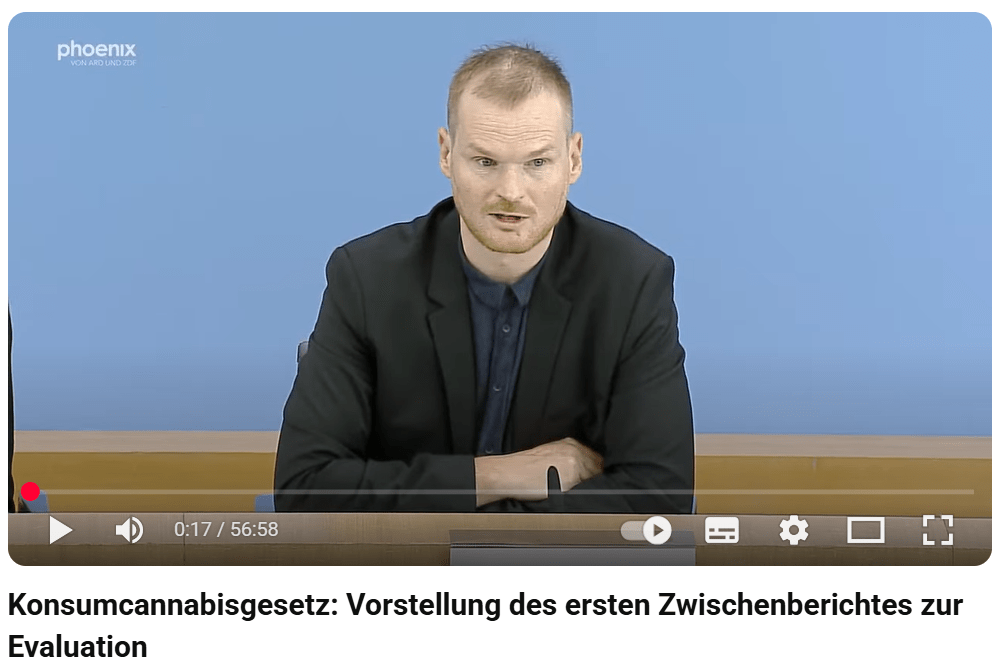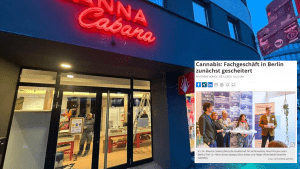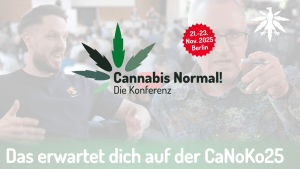One and a half years after the partial legalization of cannabis in Germany, researchers are presenting a mixed assessment. The first interim scientific report, released today, shows that the hoped-for goals have only been partially achieved.
Black Market Proves Resilient
One of the main goals of the former “traffic light” coalition was to curb the illegal cannabis trade. But reality looks different: the black market has hardly been reduced so far. Especially the sharing of cannabis among friends and acquaintances—often at cost price or even free of charge—keeps the illegal system alive. Nine percent of surveyed consumers obtain their cannabis this way.
Online Pharmacies Dominate the Market
A surprisingly clear trend is already prompting political action: 43.7 percent of respondents stated that they primarily obtain cannabis through online prescriptions from pharmacies. The system is remarkably simple: an online questionnaire with medical details is enough to obtain an uncomplicated prescription, which can then be redeemed at online pharmacies and delivered to one’s home.
This development has dramatic consequences: consumption of medical cannabis has virtually exploded—from 33 to 100 tons year over year. Health Minister Nina Warken (CDU) is already responding with plans for stricter regulations. A draft bill envisions that patients must once again visit a doctor in person, instead of receiving prescriptions with just a mouse click.
Home Cultivation Establishes Itself as a Second Pillar
At 35.1 percent, private home cultivation ranks second among sources of supply. Many Germans seem to have discovered gardening for themselves—balconies and apartments are now home to legally grown cannabis plants. Researchers admit, however, that this form of cultivation is hardly controllable.
Cannabis Clubs Remain a Marginal Phenomenon
Cannabis cultivation associations have developed far less successfully. Although nearly 300 clubs had been approved by June 2025, they account for less than 0.1 percent of the estimated German cannabis demand of 670 to 823 tons annually. The much-praised cannabis clubs therefore turn out to be practically insignificant.
Positive News on Youth Protection
One of the greatest fears of legalization opponents has not materialized: cannabis use among young people has not increased. On the contrary—since 2019, it has even declined. Among adults, no dramatic changes are evident either. The upward trend in consumption, observed since 2011, continues without any sudden spikes. Even wastewater analyses in eleven German cities confirm this development.
Police and Judiciary Relieved
A clear success of legalization can be seen in law enforcement: cannabis-related offenses have fallen by an impressive 60 to 80 percent. Police and courts can now devote their resources to other areas.
Conclusion: No Urgent Need for Action
Researchers from the university hospitals in Hamburg-Eppendorf and Düsseldorf as well as the University of Tübingen reached a balanced conclusion: “From an overall perspective, there is currently no urgent need to change the cannabis law.”
This assessment may stand in the way of Minister Warken’s planned tightening of regulations. While the CDU and CSU call for a complete reversal of legalization in their election platform, researchers are telling a different story: the law works—not perfectly, but without the feared negative consequences.
Thus, the cannabis debate in Germany enters its next round. Science has presented its first findings—now it is up to politics to respond.








